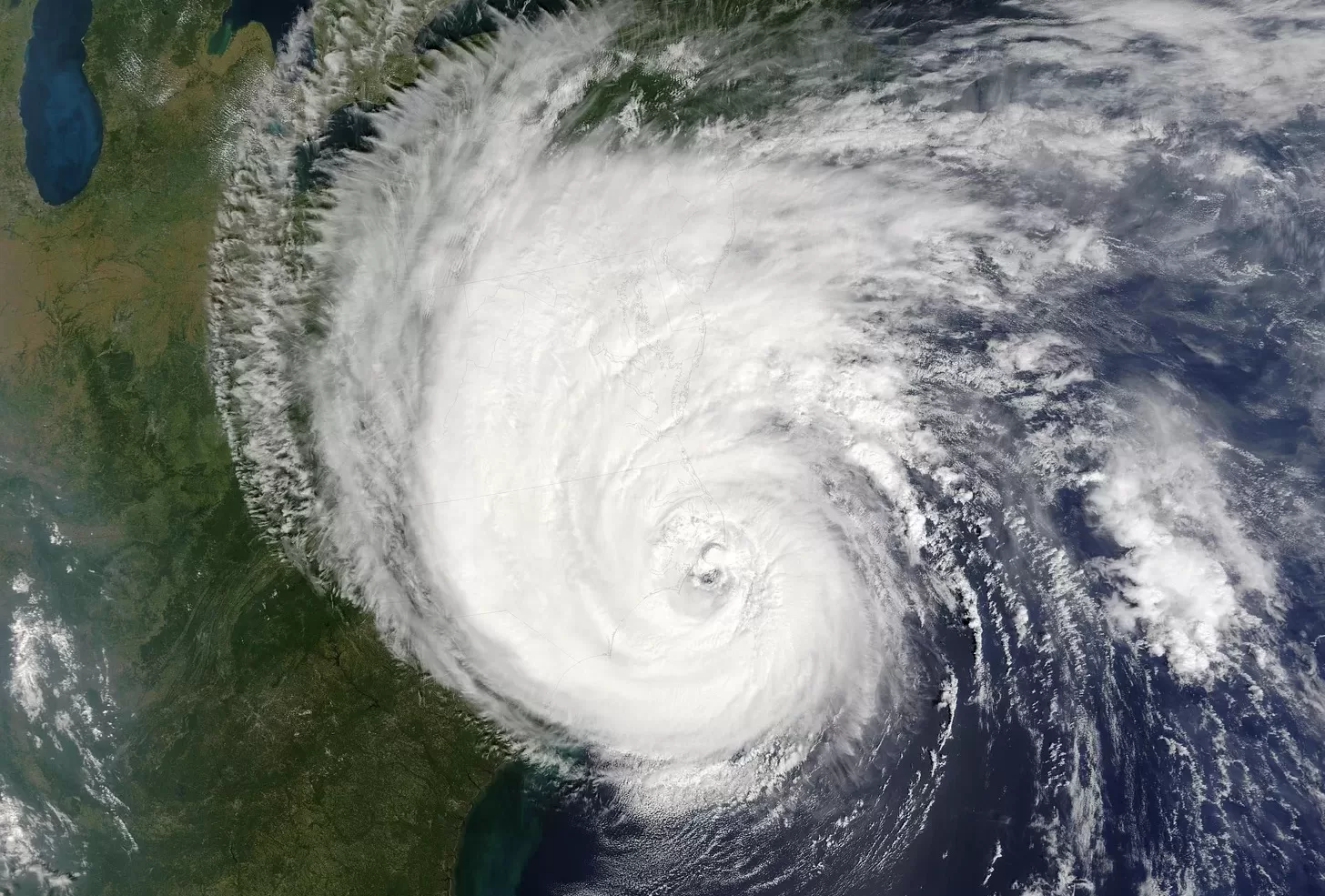Meteorologists are forecasting 20 to 25 named storms across the Atlantic basin this year, including eight to 12 hurricanes, and four to seven major hurricanes.
This is well above the 30-year historical average of 14 named storms, seven hurricanes, and three major hurricanes, according to US weather company AccuWeather.
In a press release on 27 March, Alex DaSilva, AccuWeather lead hurricane forecaster, said there is even a 10 to 15% chance of 30 or more named storms this year.
The Atlantic hurricane season runs from 1 June to 30 November – with the most active months being August and September.
During the 2023, there were 20 named storms – seven became hurricanes and three intensified to major hurricanes.
Category one hurricane Tammy side-swiped Montserrat in late October but did not cause any substantial damage or injuries.
Warm water and weather systems
AccuWeather said it is warm water that is fuelling this year’s active season – both promoting development of hurricanes and increasing their intensity.
“Sea-surface temperatures are well above historical average across much of the Atlantic basin,” DaSilva said.
The other major factor fuelling the predictions is the switch from the El Nino weather system to La Nina.
The faster the transition occurs, the more active the hurricane season is likely to be.
As well as the number of storms and hurricanes, AccuWeather is predicting an Accumulated Cyclone Energy (ACE) of 175-225 – above the historical average of 123.
ACE measures the intensity and longevity of tropical systems throughout the year.
Information on how to prepare for a hurricane is available in the DMCA’s 2024 Hurricane Preparedness Guide here.
Visit the National Hurricane Center for the latest weather updates at www.nhc.noaa.gov





